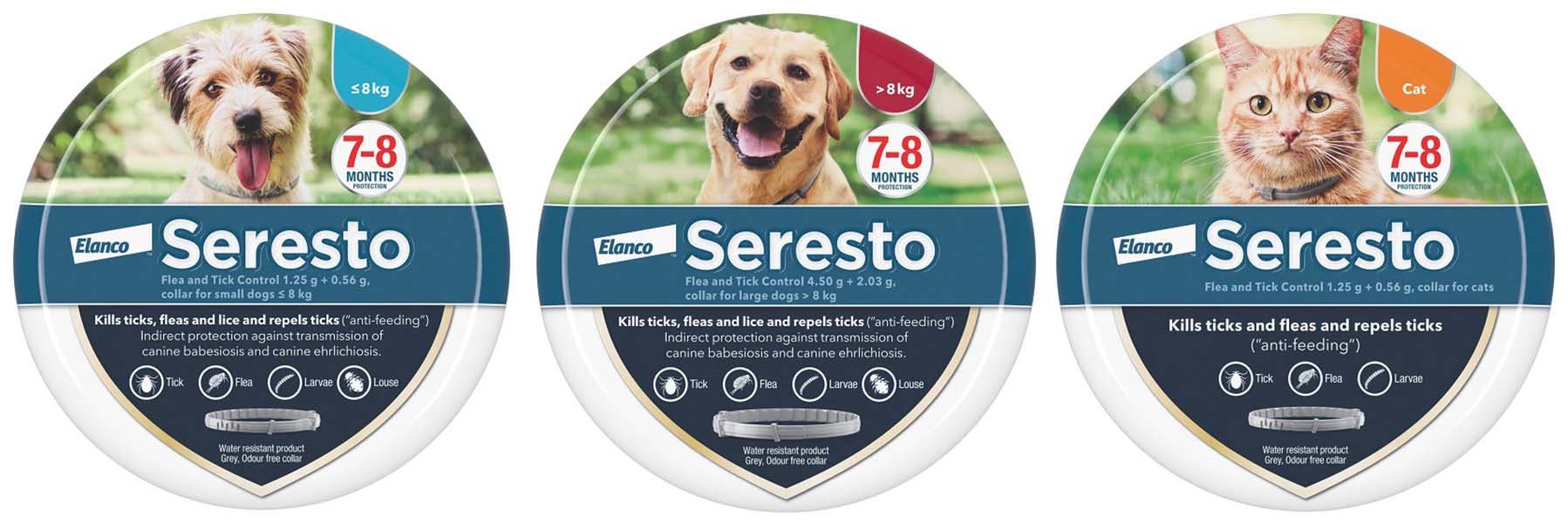Ticks are small blood-sucking parasites that can transmit very serious diseases. Take steps to keep your dog protected by arming yourself with the facts, and knowing what you’re up against.
If you regularly walk your dog through tall grass or rough woodland, there’s a chance that he could pick up a tick. This nasty parasite will latch on to your dog as he runs through the grass, make its way down to your pet’s skin, and start to feed. The main risk associated with ticks is the diseases that they can transmit. Ticks will just as happily bite you or your family members, and don’t forget to check for ticks on your cats as well.
How ticks feed on your dog
After hiding in grass and other vegetation, the tick climbs onto your dog and attaches its sharp mouthparts into his skin – it usually aims for non-hairy areas like the face, neck, ears and belly. Once it’s locked on, the tick starts feeding on your dog’s blood and will stay there until it’s full. This ‘meal’ can last for days if the tick isn’t spotted, and if the tick is carrying a disease, this may be passed on to your dog while the tick feeds.
Recognising a tick
To see if your dog has picked up any ticks you need to check his coat, paying close attention to his head, ears and neck. Unfed ticks are brown; once they’ve attached and are feeding they become a grey colour. Take care when removing a tick from your pet – you want to make sure you don’t accidentally leave the tick’s mouthparts embedded in your dog’s skin. Read our guide on how to safely remove a tick from your dog.
The dangers of tick bites
Ticks are not just a nuisance; they can also spread serious diseases when they feed. Lyme disease is a potentially very serious bacterial infection that can be passed on to dogs and to people via a bite from an infected tick. If your dog contracts Lyme disease, symptoms can include fever, swollen lymph nodes and lameness; if left untreated more serious symptoms can develop. If a dog is bitten by an infected tick it can take several months for disease to develop – if you are concerned that your dog is showing any of the symptoms above then get them checked over by your vet. People can also contract Lyme disease via a bite from an infected tick, and signs include flu like symptoms, extreme tiredness and joint and muscle pain. Contact your GP if you are concerned about any of these symptoms.
Protecting your pet from ticks
Always remove a tick carefully as soon as you see it, and clean around the site of the bite with a pet-safe antiseptic wipe. If your dog is coming into regular contact with ticks you can help keep him protected by using a tick product: tablets, spot-ons and collars are available. Different products kill ticks in different ways; some products (e.g. tablets) are active in the bloodstream so kill ticks once they start to feed. Other products repel ticks, meaning they do not have to bite the pet to be affected, and shortly after being repelled they die. Repelling ticks before they bite has the advantage of reducing the risk of transmission of disease.
Did you know…
Forget Hulk or Thor, one of the strangest superheroes is the Tick, a giant blue crime-fighting tick that has had his own comic books, one animated series and two live action series. His sidekick is a moth called Arthur.
Ask your vet about preventative products against ticks and help protect your pet.

